We live in a three-dimensional world. Our bodies need the ability to move in all three dimensions.
Poor range of motion and instability in just a single joint can cause over compensation. These alternate movement patterns can lead to chronic pain and injury. By improving three-dimensional movement, you reduce your risk for injury and are more likely to achieve your fitness (and life) goals.Your ability to function day-to-day will also become easier. Loading groceries, playing with the kids, and even doing yard work will become effortless and more enjoyable. (Or at least “less un-enjoyable” when pulling weeds and taking out the trash.)
So how do you improve three-dimensional (3D) movement? Look to body planes, and train in 3D! Simply choose exercises that move the body through all three planes of motion - the sagittal, frontal, and transverse planes.
Planes of Motion are a big part of the NASM Personal Trainer Certification course.
Table of Contents
- What Are the Planes of Motions?
- How to Determine The Plane of Motion of an Exercise
- Sagittal Plane Exercises
- Coronal (Frontal) Plane Exercises
- Transverse Plane Exercises
- Creating a 3D Training Program
What are the 3 planes of motion in the body?
The three planes of motion are the sagittal, coronal (or frontal) and transverse planes.
- Sagittal Plane: Cuts the body into left and right halves. Forward and backward movements.
- Coronal (or Frontal Plane): Cuts the body into front and back halves. Side-to-side movements.
- Transverse Plane: Cuts the body into top and bottom halves. Twisting movements.
How to determine the plane of motion of an exercise
Every exercise performed in the gym can be related back to movements we all do in real life. We all push, pull, flex, extend, squat, lunge, bend, and twist throughout each and every day.
Most exercises are predominately in one plane more than the others.
Imagine each plane as a plate of glass that cuts the body into either front/back (sagittal), left/right (frontal), or top/bottom (transverse) halves.
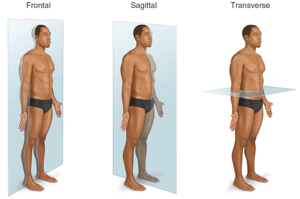
Then imagine each of those plates to be a track that the body is moving on, like a monorail. If a movement seems to mostly track along one plate over the others, it can be classified as being predominately in that plane of motion.
Ready to train in 3D? Let’s take a deeper look at some common exercises and the planes of motion that they live in.
Sagittal plane exercises
If an exercise is primarily made up of flexion and extension joint motions, it is classified in the sagittal plane.
Back Squat
Let’s begin with the classic back squat.
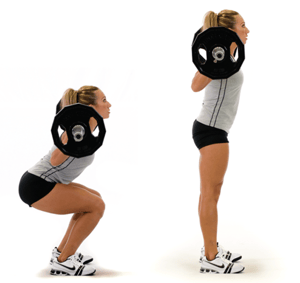
During a squat, everything above the waist is stabilized while everything below is in motion, performing flexion (when lowering to the ground) and extension (when standing back up) at the ankles, knees, and hips.
When flexing and extending the lower extremity as such, the knees are tracking parallel to the imaginary plate that cuts the body into left and right halves. Additionally, the hips move back and down, similarly staying in line with the track of the sagittal plane.
There is no intentional left/right movement during the exercise. Therefore, the back squat can be classified as a sagittal plane exercise.
Bicep Curl
For the upper body, a common example of a sagittal plane exercise is the biceps curl.
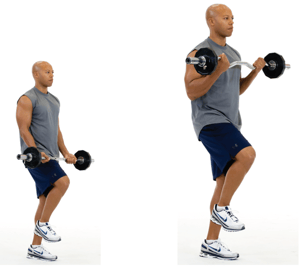
Continue imagining a plate cutting the body into left and right halves, and think about the only body parts moving in this exercise - the arms.
Similar to the ankle, knee, and hips during a squat, the bicep curl goes through flexion and extension of the wrist, elbow and shoulder, staying on track parallel to the sagittal plane.
The bicep curl is also a great way to tone your arms. See this NASM blog post for more on that.
Other Exercises
Examples of other sagittal plane exercises include triceps pushdowns, front lunges, walking/running, vertical jumping, calf raises, and climbing stairs.
Coronal (Frontal) Plane Exercises
The coronal plane is then represented by a plate that cuts the body into front and back halves, creating an imaginary track that the body follows when performing side-to-side movements.
Another way to visualize frontal plane movement is to imagine two plates of glass pressed up against the front and back sides of the body, creating a channel where the body can only move left or right, not forward and backward.
Lateral arm and leg raises
The clearest examples of frontal plane movements are straight-arm lateral raises and lateral leg raises, which are comprised of adduction and abduction of the shoulder and hip, respectively.
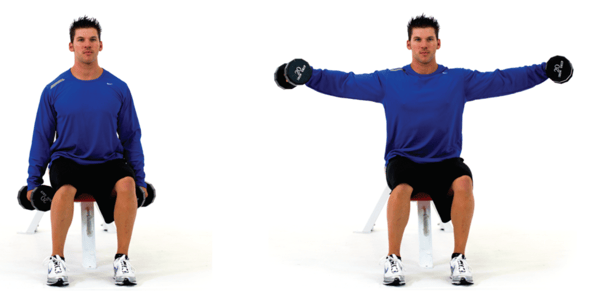
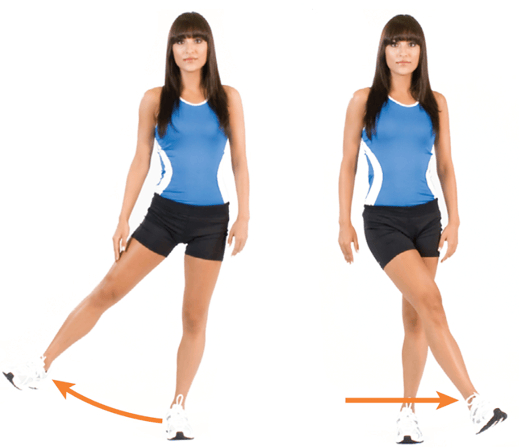
Side shuffle and side lunge
Two other common movements that are classified in the frontal plane are the side shuffle and side lunge.
Both exist predominantly in one plane. Even though the knees, ankles, and hips flex and extend during the exercises, the primary movement is the entire body tracking side-to-side with the frontal plane, creating sheer (sideways) forces on the body.
Side bend
The side-to-side bending of the spine is also a frontal plane movement, known as lateral flexion, which, for example, occurs during side bend exercises that work the obliques.
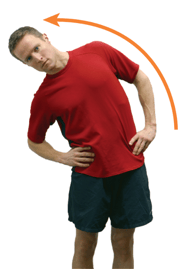
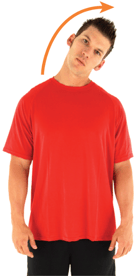
Inversion and eversion
The final, and often most confusing, movements that occur in the frontal plane are inversion and eversion. They are movements of the foot that, in extreme cases, account for what happens when a person rolls their ankle.
To best visualize inversion and eversion, think of the foot like the pendulum of a grandfather clock. When the “foot pendulum” swings to the outside of the body, laterally exposing the sole of the foot, eversion is occurring.
Conversely, when the foot swings internally, medially exposing the sole, inversion is occurring.
This is the most likely way an ankle is rolled (and potentially sprained) during side shuffle and cutting movements in sports. The foot plants but everything above the ankle keeps moving laterally, hyper-inverting the foot at the ankle joint.
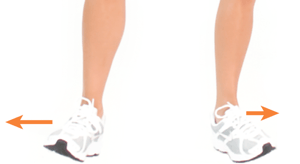
But this isn’t to say that inversion and eversion are necessarily bad; just only in the extreme cases. They are both natural components of pronation and supination of the foot/ankle complex that occur during gait (walking, running, sprinting).
Balance training and plyometric training in the frontal plane can help strengthen the ankle and prevent sprains.
Transverse Plane Exercises
The third plane of motion bisects the body into top and bottom halves and is called the transverse plane (AKA the horizontal plane).
Spinal rotation
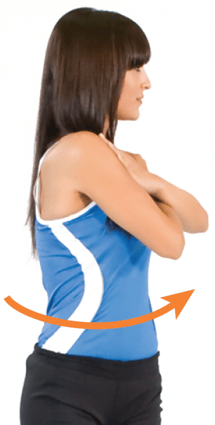
Because the “plate of glass” analogy can be confusing here for some, it’s better to think of transverse plane movement in terms of an imaginary axis running vertically down through the center of the head through the spine.
Any movement around this axis is classified in the transverse plane; specifically, rotation (twisting) of the spine. Spinal rotation then simply occurs to either the left or the right.
Limb rotation
When limbs rotate, even though they don’t directly follow the imaginary axis through the head, it is considered transverse plane movement as well. Limb rotation is described in terms of whether it is rotating toward the center of the body or away from it.
Twisting of a limb toward the center is termed internal rotation; so, the right arm twists left to internally rotate while the left arm twists right to internally rotate. Twisting in the opposite direction away from the midline is then termed external rotation.
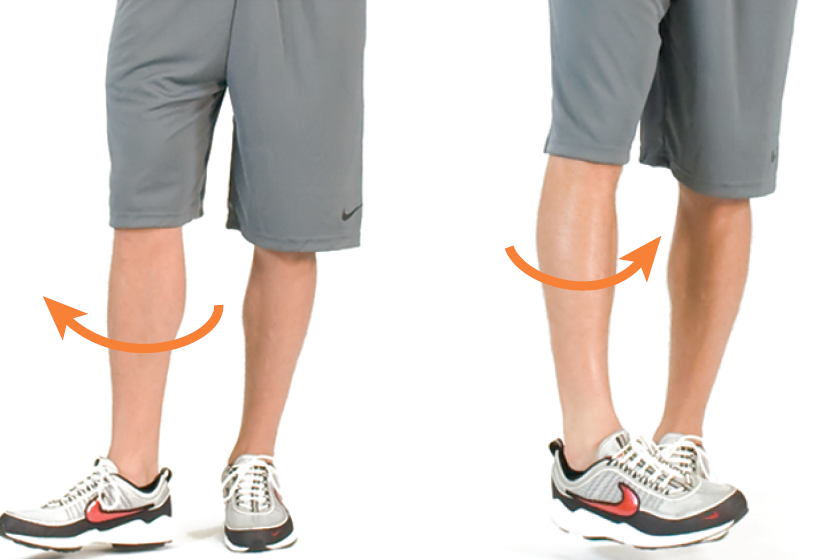
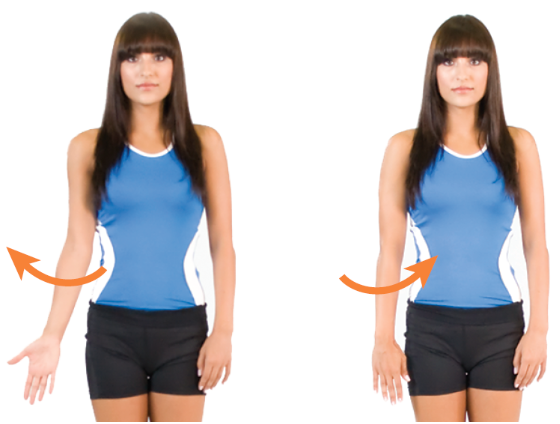
Shoulder and hip movement
The last movement to discuss in the transverse plane is a special one that only occurs at the shoulder and the hip. As discussed before, when the arms and legs adduct and abduct in line with the torso their movement is in the frontal plane. But when an arm or leg is held at 90 degrees to the body and moves toward or away from the center, it becomes transverse plane movement.
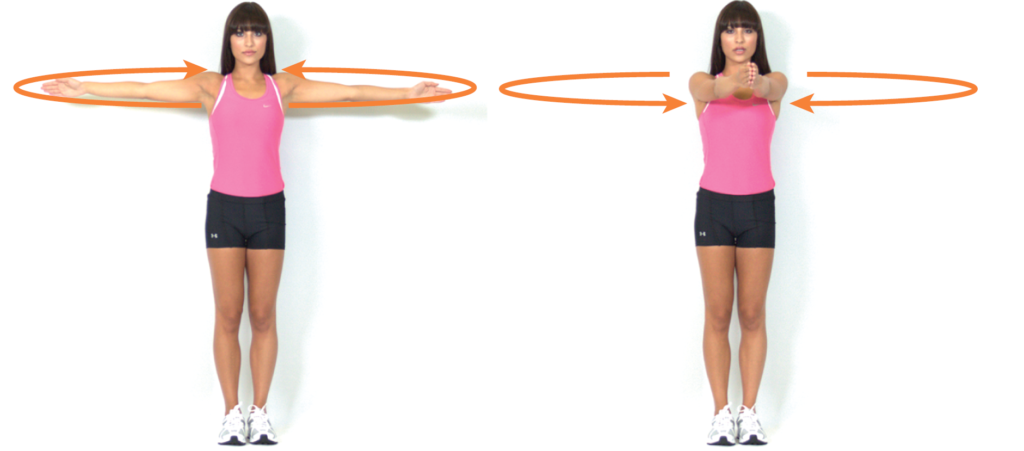
This type of movement is seen in exercises like the bench press, push-ups, chest and back flys, and seated hip adduction and abduction machines, and is termed horizontal ad- and abduction.
So even though exercises like push-ups or the seated hip adduction machine might seem like sagittal or horizontal plane movements, they are actually transverse plane movements due to the rotation that happens within either the shoulder or hip joints.
Create a 3D Training Program
All too often, exercise routines focus far too much on the sagittal plane. While running, squats, curls, and press downs are all fantastic muscle and strength building exercises, they are not the ones that build three-dimensional movement efficiency and help prevent injury.
Exercises that get clients shuffling, cutting, and twisting are key to stabilizing and strengthening the more mobile, and more susceptible, joints, such as the ankles, hips, spine, and shoulders.
As a personal trainer, remember to select a variety of exercises that move a client through all three planes of motion. Incorporating multiplanar exercises (like the step-up, balance, curl, to overhead press) can bring new levels of three-dimensional challenge!
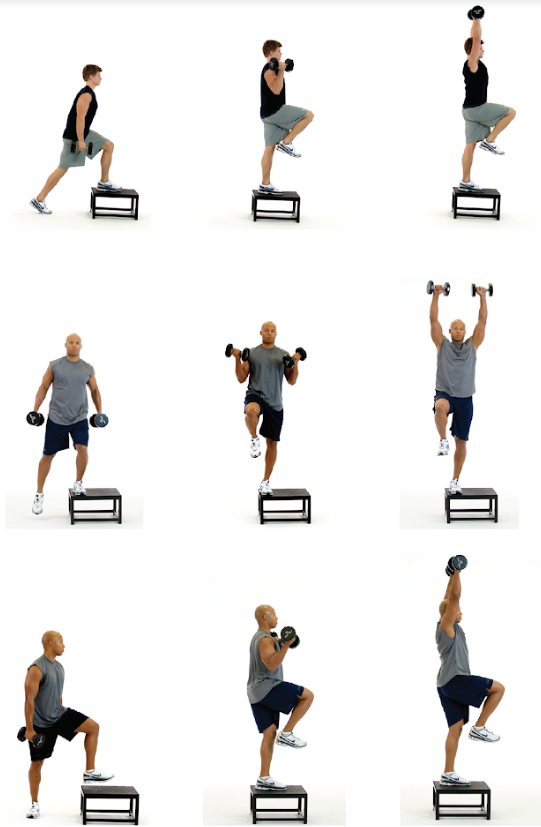
Relevant Resources to check out
- What is screw home rotation?
- The Effects of Pronation Distortion Syndrome
- Practical Approach to Training Muscle Synergies
References
Neuman, D.A. (2010). Kinesiology of the Musculoskeletal System: Foundations for Rehabilitation. St. Louis, MO: Mosby/Elsevier. ISBN 978-0-323-03989-5
Clark, M.A., Lucett, S.C., McGill, E., Montel, I., & Sutton, B. (2018). NASM Essentials of Personal Fitness Training, 6th Edition. Burlington, MA: Jones & Bartlett Learning. ISBN 978-1-284-16008-6















